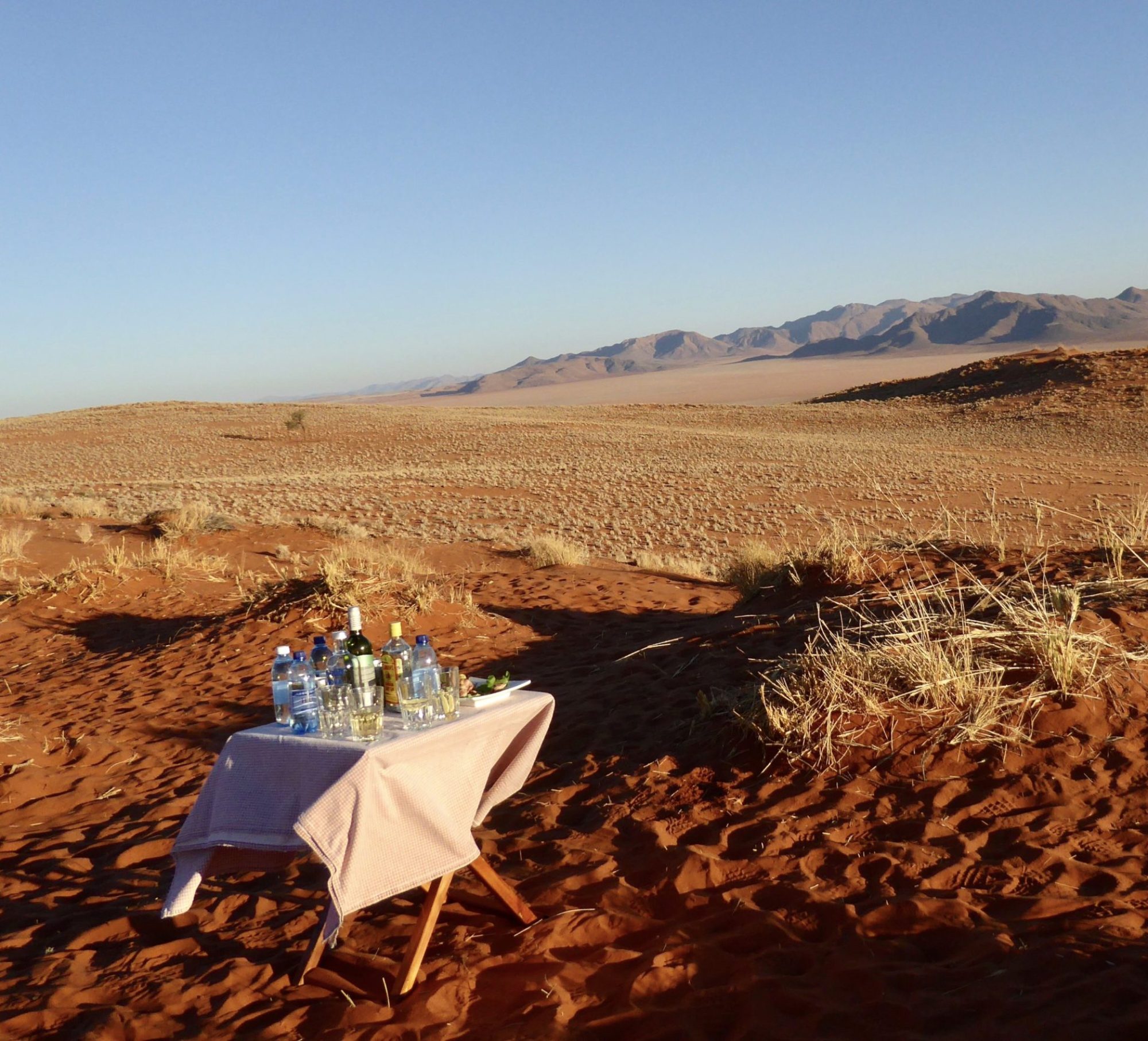
For reasons I will never know, my maternal grandparents chose to live among the Pala Indians in northern San Diego County when they first arrived in the United States in 1928. The liberal part of me likes to think it was because they had some affinity for indigenous people. Born in San Francisco Peribán, Michoacán, a ranchería–now a village which two years ago voted to govern itself as an autonomous indigenous community–my grandmother spoke some Purépecha. But the realist in me says their choice was more a reflection of their status as very poor, recently-arrived pickers from Mexico. In any case, Pala, California, is where my mother, Emilie Cacho, was born 90 years ago this week.
In 2012, a decade before her death, my mom asked me to take her to the place of her birth. If you knew my mom, a thoroughly modern woman not given to looking back with anything approximating nostalgia, you’d realized how unusual this request was. In a word, mom was ambitious, intelligent, quick-witted, and prone to fight with anyone who’d get in her way. She also had the best taste in the world. Her life story was congruent with her worldview. She believed that a person’s past was not her destiny, which means, yes, she was a licensed therapist.
Mom grew up in a Victorian farm house on the other side of San Diego County, in Otay, a stone’s throw from the U.S-Mexico border. Although she had to help her parents on the family farm–my grandparents soon purchased their own land–mom got herself elected class treasurer in high school, where her grades were good enough to get her accepted into UCLA. In the mid-1950s, she’d often say, Westwood was light years from Chula Vista. Phone calls back then were still long distance and therefore too expensive. In her four years of college, her parents didn’t visit her once. The upshot, however, was that mom had almost single-handedly launched herself into America’s educated upper-middle class. So, again, when mom asked me to pick her up from her elegantly-decorated house in the foothills of the Verdugo Mountains and drive her down to Pala, there was no saying no.
I had no idea how large Pala loomed in mom’s imagination until we took our road trip there. The 1816 chapel where she was baptized, San Antonio de Pala, is the only church in the California Mission system that still serves a Mission Indian tribe. She had told me that she was born in a shack–seconds before her twin sister– on an avocado plantation less than a mile away. But it was only when we drove to the property and a white Range Rover exited the plantation’s automatic gates that I fully realized that she was born on the plantation owner’s private property. My grandparents worked and lived on their boss’s land. Mom, “I blurted out, “were you born into slavery?” “Mijo, that’s not funny!” she said, not at all joking.
From family lore, she learned that when it was time for my grandmother to give birth, my grandfather sent word to the Anglo doctor near the Mission, who was known to be a notorious drunk. Apparently, he arrived at the plantation in his usual state, and after helping deliver twins for a woman who already had two children, he offered to take one of the newborn girls with him. “Apparently, he thought my mom and dad were too poor to take care of all of us,” she said. “But my mother told him that there was no way she was going to let him take either one of us.”
On our quiet drive back to Los Angeles, I started to realize how much the story of mom’s infancy in Pala influenced her life. It was shocking, not just for its depiction of the helplessness of life in deep poverty, but also for the indignant refusal to be at the mercy of a pathetic white authority figure who still had the gall to pass himself off as benevolent. It helps explain why mom never trusted many people, why she never took for granted the beautiful things she surrounded herself with all her life. It was those things–her lovely home, the exquisite art on the wall–that kept her at a safe distance from the terrifying insecurity her parents had experienced in their first years in the United States. The house where mom lived by herself for three decades was a symbol of her independence, of her refusal to live either according to someone else’s rules or off the supposed kindness of others. By the time we got back to her home, I realized that mom had wanted to visit Pala to remind herself of how astonishingly far she had traveled in her life.

